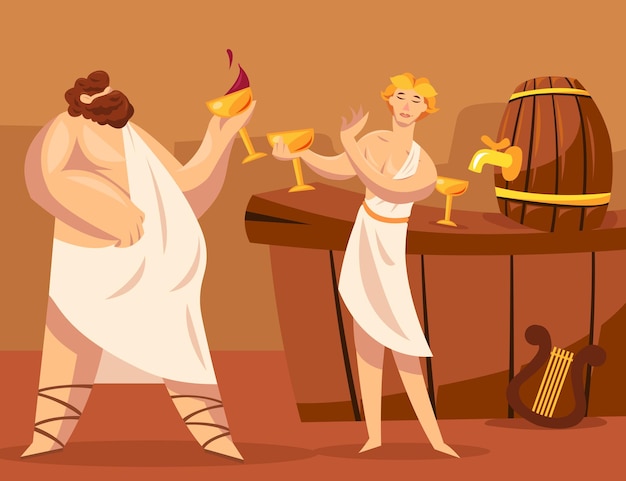Fascinating Facts about the Roman Empire

The Roman Empire was one of the most powerful and vast empires in history.
Rome was founded in 753 BC and grew to become the capital of the Roman Empire.
The Roman Empire lasted for over 1,000 years, from 27 BC to 476 AD.
Julius Caesar played a significant role in the rise and fall of the Roman Empire.
Rome was known for its advanced engineering, with the construction of aqueducts, roads, and amphitheaters.
The Roman Empire encompassed territories across Europe, North Africa, and the Middle East.
Roman society was structured hierarchically, with the emperor at the top followed by senators, equestrians, and common citizens.
The Roman Empire provided a framework for governance and law that influenced Western civilizations for centuries to come.
Roman citizens enjoyed a high standard of living, with access to public baths, clean water, and entertainment.
The Roman legions were the powerhouse of the empire, ensuring its military dominance.
The Roman Forum was the center of political and social life in ancient Rome.
The Pantheon in Rome is a remarkable example of Roman architecture and engineering.
Ancient Romans were skilled at trading and established an extensive network of roads and sea routes for commerce.
The Roman Empire absorbed cultural influences from conquered territories and contributed to the spread of Christianity.
The Colosseum in Rome was a massive amphitheater used for gladiatorial games and other spectacles.
Fascinating Facts about the Roman Empire part 2
The Roman Empire faced many external threats from barbarian invasions, particularly in its later years.
The Pax Romana, a period of relative peace and stability, allowed the empire to flourish.
The Roman calendar, with its twelve months and leap year, formed the basis for the modern calendar we use today.
The Roman Empire exerted a lasting influence on art, literature, philosophy, and language.
The Roman legal system introduced concepts such as innocent until proven guilty and the right to a fair trial.
The Roman army was divided into legions, each consisting of around 5,000 soldiers.
Emperor Augustus, originally known as Octavian, established the Roman Empire after defeating Mark Antony.
The Romans were skilled engineers, creating intricate systems for water supply and sewage management.
The Roman Empire stretched from Hadrian’s Wall in present-day UK to the deserts of North Africa.
Slavery was a vital part of the Roman economy, with an estimated 30% of the population being slaves.
The Roman Empire celebrated a wide range of festivals, many of which were influenced by ancient Roman gods and goddesses.
Ancient Roman cuisine included staples such as bread, olive oil, wine, and garum (a fermented fish sauce).
The decline of the Roman Empire can be attributed to factors such as economic instability, political corruption, and external invasions.
The Roman Empire was highly diverse, with various ethnic groups and languages coexisting within its borders.
Emperor Constantine played a significant role in the adoption of Christianity as the official religion of the Roman Empire.
Roman gladiators were trained fighters who entertained spectators with their combat skills in amphitheaters.
The Roman Empire had a comprehensive road network, enabling efficient trade and military movement.
The Roman numeral system, which uses letters to represent numbers, is still occasionally used today.
The Roman Empire witnessed the construction of iconic architectural masterpieces such as the Circus Maximus and the Baths of Caracalla.
The Roman Empire was known for its grand public spectacles, including chariot races and theatrical performances.
Roman emperors were often deified after their deaths, with temples and statues erected in their honor.
The Roman Empire minted its own currency, which became widely accepted throughout its territories.
Women in ancient Rome had more rights and freedoms compared to many other societies of the time.
Roman literature, including the works of authors like Virgil and Ovid, is considered among the finest in history.
The Roman Empire had an efficient system of postal services, enabling communication over vast distances.
Roman citizens valued education, and schools were commonly attended by both boys and girls.
The Roman economy relied heavily on agriculture, with large estates known as latifundia producing goods for trade.
The Twelve Tables, a set of laws displayed in the Roman Forum, formed the basis for Roman legal principles.
The Roman Empire had a professional army that included specialized units such as cavalry and siege engineers.
The fall of the Western Roman Empire in 476 AD marked the end of ancient Rome and the beginning of the Middle Ages.

